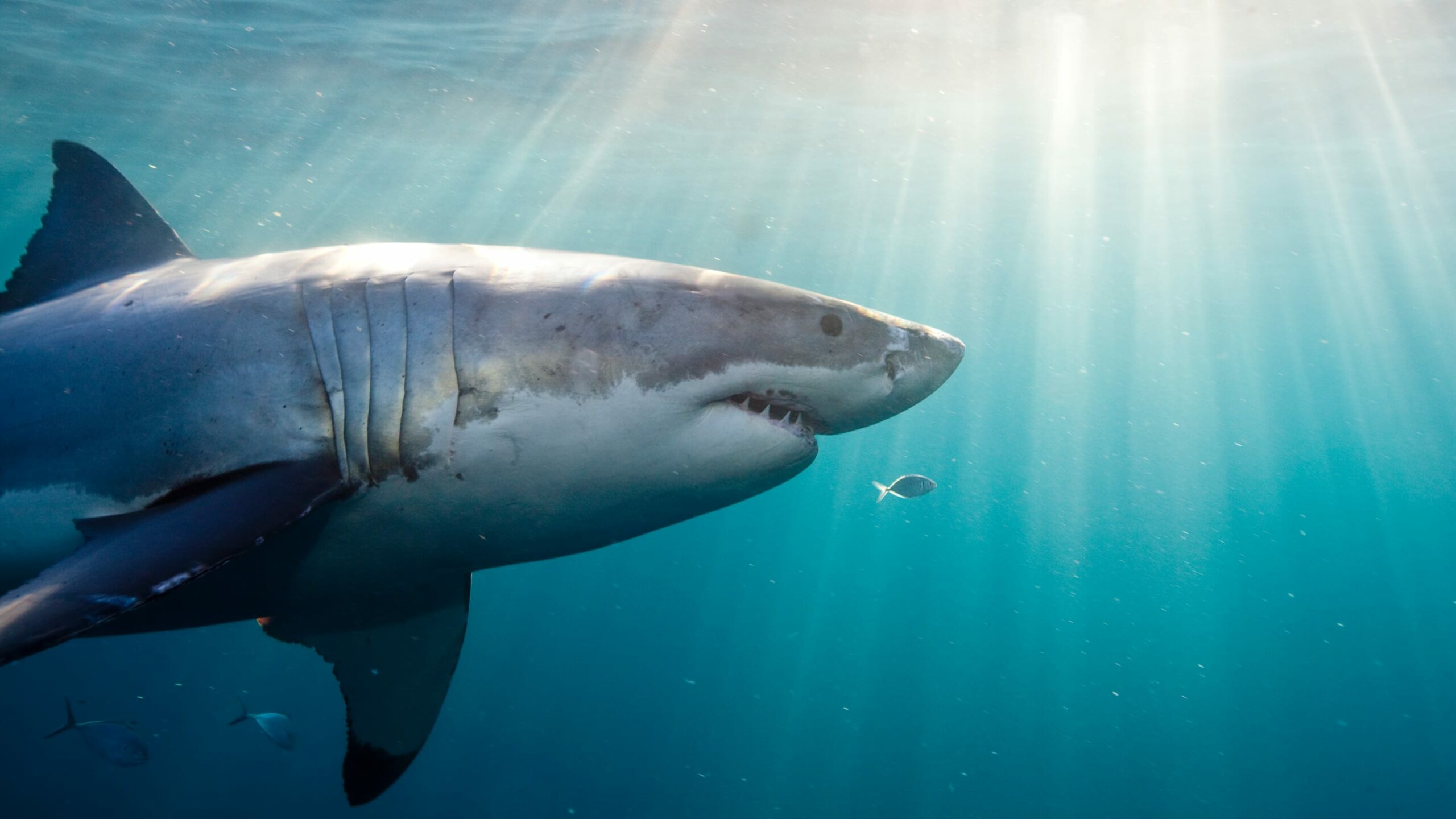The Surprising Reason Behind the Great White Shark’s Mysterious White Belly Revealed!
You ever wonder why the great white shark rocks that iconic two-tone look—dark on top and ghostly pale underneath? It’s like they’re the ocean’s version of a secret agent, blending seamlessly into the watery world both from above and below. I mean, sure, we all know them from scary flicks like Jaws or the cute-but-deceptive Finding Nemo, but there’s seriously more going on beneath those menacing teeth and glassy eyes than meets the eye. This classic coloring trick, called countershading, isn’t just for show—it’s a survival masterpiece that keeps these predators hidden in plain sight. But hey, even these ocean kings have their share of drama—killer whales stalking them, humans causing all sorts of trouble, and the curious mystery of why you won’t find them happily swimming behind aquarium glass. Curious yet? Let’s dive into the fascinating world of the great white that’s way more than just a movie monster. LEARN MORE

Even if you’ve never had the dangerous experience of encountering a great white up close, you likely recognize the shark from movies like Jaws (1975) and Finding Nemo (2003). The predator is known for its menacing dorsal fin, rows of serrated teeth, and glassy black eyes. Their namesake white bellies are also part of their iconic look. Besides being distinctive, what purpose does the shading serve?
The evolutionary advantage of the great white shark’s pale underside come down to camouflage. If you were to look up from beneath the fish—a terrifying image that’s necessary for this explanation—you’d notice that it blends in with the sunlight on the water’s surface. Similarly, a great white sports a dark gray upper body because it matches the darkness of the sea when viewed from above. This coloring is called countershading, and it allows the shark to blend in with its surroundings, hiding in plain sight from both prey and predators. Other marine animals with such coloring include penguins, whales, dolphins, and many fish.
While great whites occupy the top of the food chain, they’re not totally without predators. There have been reports of orcas hunting the fish. One weakness of great whites is their tendency to enter a state of tonic immobility, characterized by inertness and semi-consciousness, when flipped upside down. Some killer whales are apparently aware of this and use it to their advantage when hunting great whites. One onlooker even caught the hunting tactic on camera in 1997, when an orca dragged a stunned shark around before eating just its liver. Great white shark livers are rich in fat and nutrients, making them a tasty treat and high-value food source for orcas.
Smaller great whites also have to worry about becoming food for their larger counterparts. However, the number-one predator of these fish is humans. Shark fishing, accidental ship crashes, and getting caught as bycatch in fishing nets are some of the greatest threats facing the species.
Here’s another big question concerning great whites: Why aren’t they usually found in aquariums? It turns out that they just aren’t suited for living within glass walls. You can read more about it here.
Read More About Sharks:
Auto Amazon Links: No products found.














